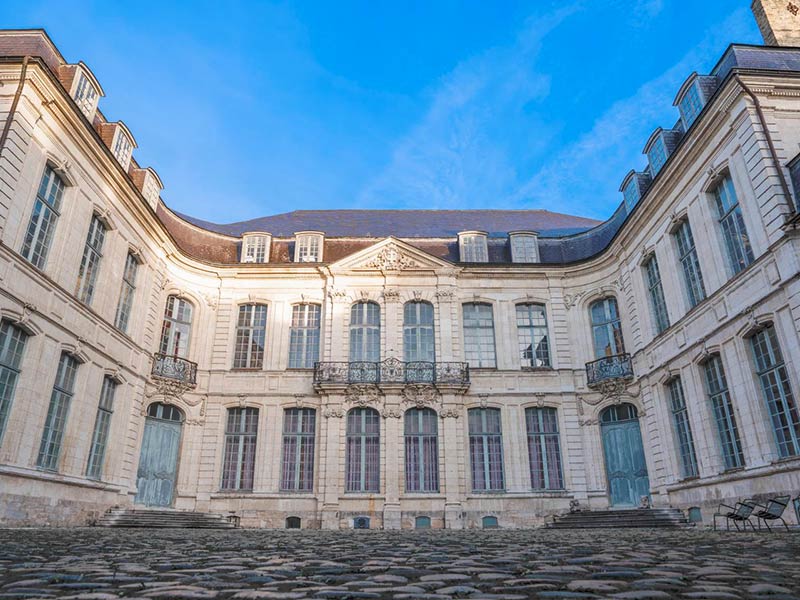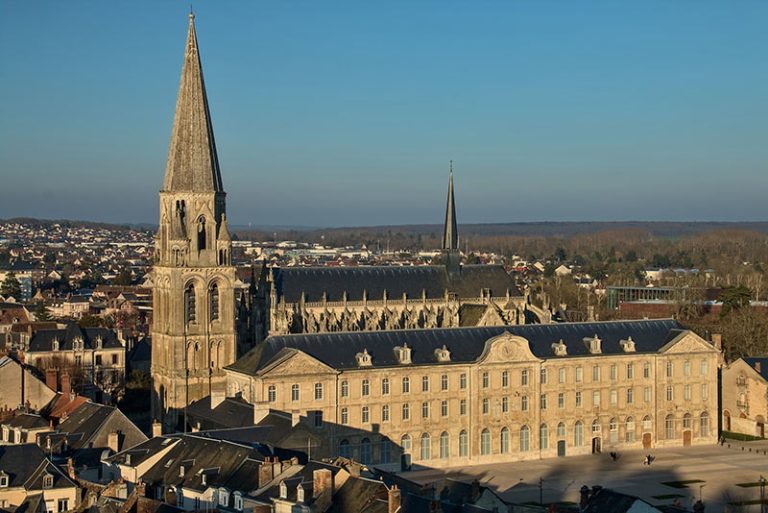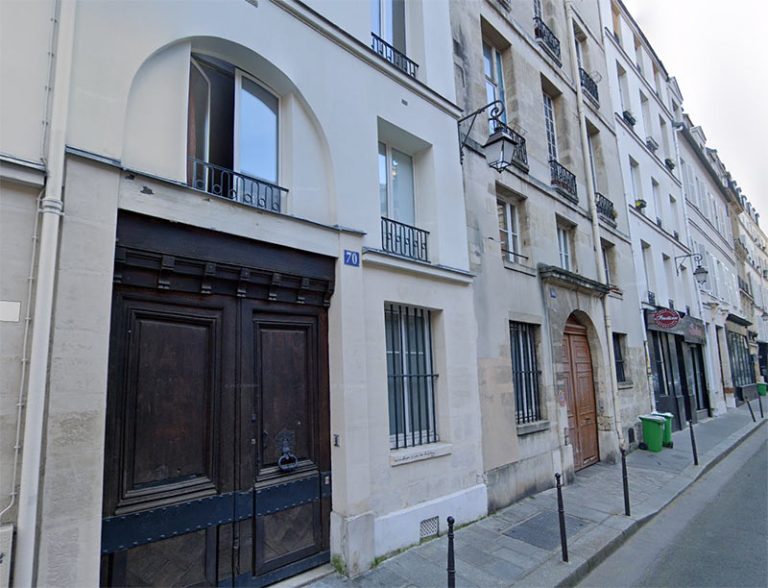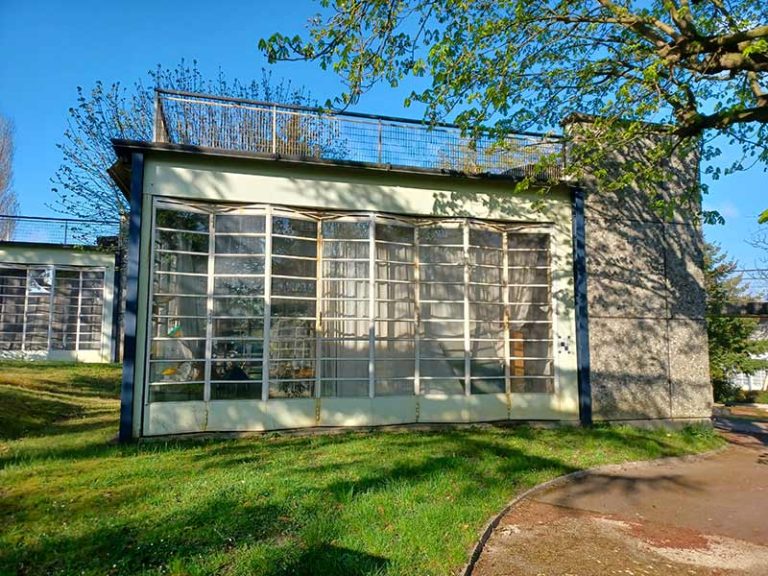The Sandelin Museum in Saint-Omer (Pas-de-Calais) has just found at least 92 works and art objects that had been stolen from it more than ten years ago. The place where they were discovered is surprising: a castle open to visitors, located only sixty kilometers away.
Between 2009 and 2013, 280 works and objects of art were stolen from the reserves of the Sandelin Museum and from surrounding churches. The museum became aware of the theft when it initiated inventory work in 2013. An investigation was then opened, without result until now.
The recent discovery was made by a visitor to the Château de Cercamp in Frévent, a private residence occasionally open to the public. The ceramics enthusiast recognized a barometer background which was on display there and immediately alerted the museum teams. By visiting the site at the beginning of May, Romain Saffré, the curator of the Sandelin Museum, confirmed not only the provenance of the piece but also that of several paintings, statuettes, medallions, porcelain and other small objects including an old fan. Among the works found, there is also a precious 18th century gilded bronze box, estimated at several hundred thousand euros.
A search was carried out during the week by the police, who took into custody a man suspected of being involved in the theft. “There are identities of thieves to be verified, hypotheses of concealment which must also be studied” explained François Decoster, the mayor of Saint-Omer, during a press conference given on May 23. Members of Château de Cercamp said they knew nothing about the thefts and were waiting for the investigation to take its course. Of the 92 works found to date, 46 have so far been returned to the museum and to the churches of Saint-Sépulcre and Saint-Denis.
Built in the 18th century, the Sandelin mansion has hosted the Saint-Omer art and history museum since 1904. It exhibits more than 3,000 objects and works of art, divided into two tour routes. The first traces the history of the city from the Middle Ages with a selection of earthenware, goldwork objects, paintings and sculptures by native artists such as Léon Belly (1827-1877) and Jules Joëts (1884-1959). The second, dedicated to reception rooms and cabinets of curiosities from the 18th and 19th centuries, presents Chinese and Japanese paintings, furniture, porcelain and prints.







